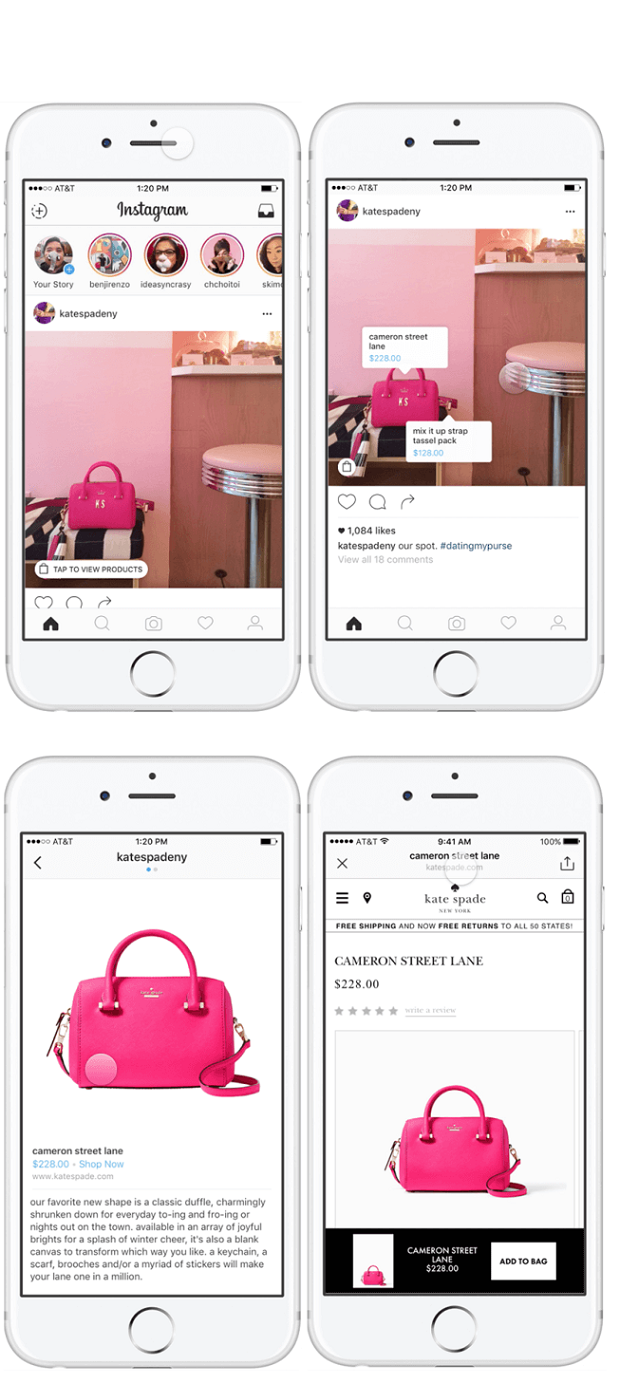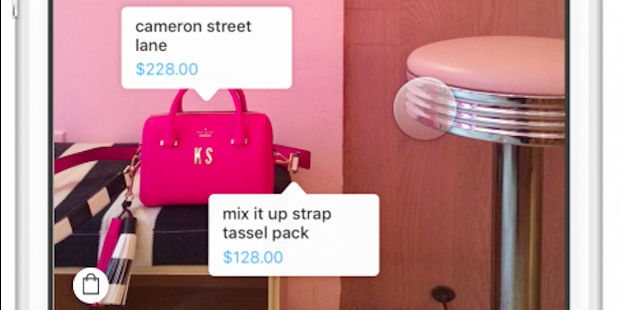Instagram has launched its shopping service in the UK, letting retailers turn their posts on the social media site into sales.
Instagram shopping was launched in the US last year, and has been trialled in the UK by a variety of brands, including Marks and Spencer.
Currently, brands use Instagram as a way to advertise products and connect with their customers. Celebrities also promote products using the platform. However, Instagram’s new shopping capability will allow firms to monetise the platform more directly.
Erin Roy, head of media and digital marketing at M&S, said: “Instagram shopping offers us the opportunity to realise the huge potential of our 760,000 followers.
“Instagram has always been a great platform through which to showcase our products and engage with customers. Shoppable posts take this to a whole new level.”
Instagram provides an easy way for firms to promote their products if they do not have the capability to build a fully-functional website.
In a survey of small businesses conducted by Instagram found, 42 per cent said they would rather point customers to their Instagram profile than their website.

Analysis- ideal opportunity for seasonal sales peaks
Hugh Fletcher, Global Head of Consultancy and Innovation, at eCommerce specialist Salmon said that Instagram’s expansion in the UK makes complete sense, and is a huge opportunity for brands to provide tailored deals to shoppers.
“It’s no surprise to see Instagram expand their shopping service in the UK,” Fletcher said. “Firstly, it is simply a reaction to consumers’ ever-changing shopping traits which continue to shift to mobile and online. And for brands it’s an opportunity to secure a larger slice of the competitive retail market. Mobile sales are now a significant source of growth and this will enable retailers to provide tailored deals directly to the shopper. It will also naturally influence the market during retail peaks, as consumers use social media to search for the latest trends and products. Our Black Friday research last year predicted that November would be the first £10 billion mobile month, but the figure may have been much higher if shoppers could purchase directly from social.”
“Importantly, retailers mustn’t ignore the supply chain challenges as they link their offline, online and social channels together. Back-end processes will have to be prepared for the increased level of purchases made via social media, and ensure that stock levels and estimated delivery times remain up-to-date. Without a fluid retail experience, shoppers will be left frustrated and may abandon a brand as a result. However, brands that can successfully build a robust, personal and immediate online service will be able to turn shoppers into long-term customers.”

